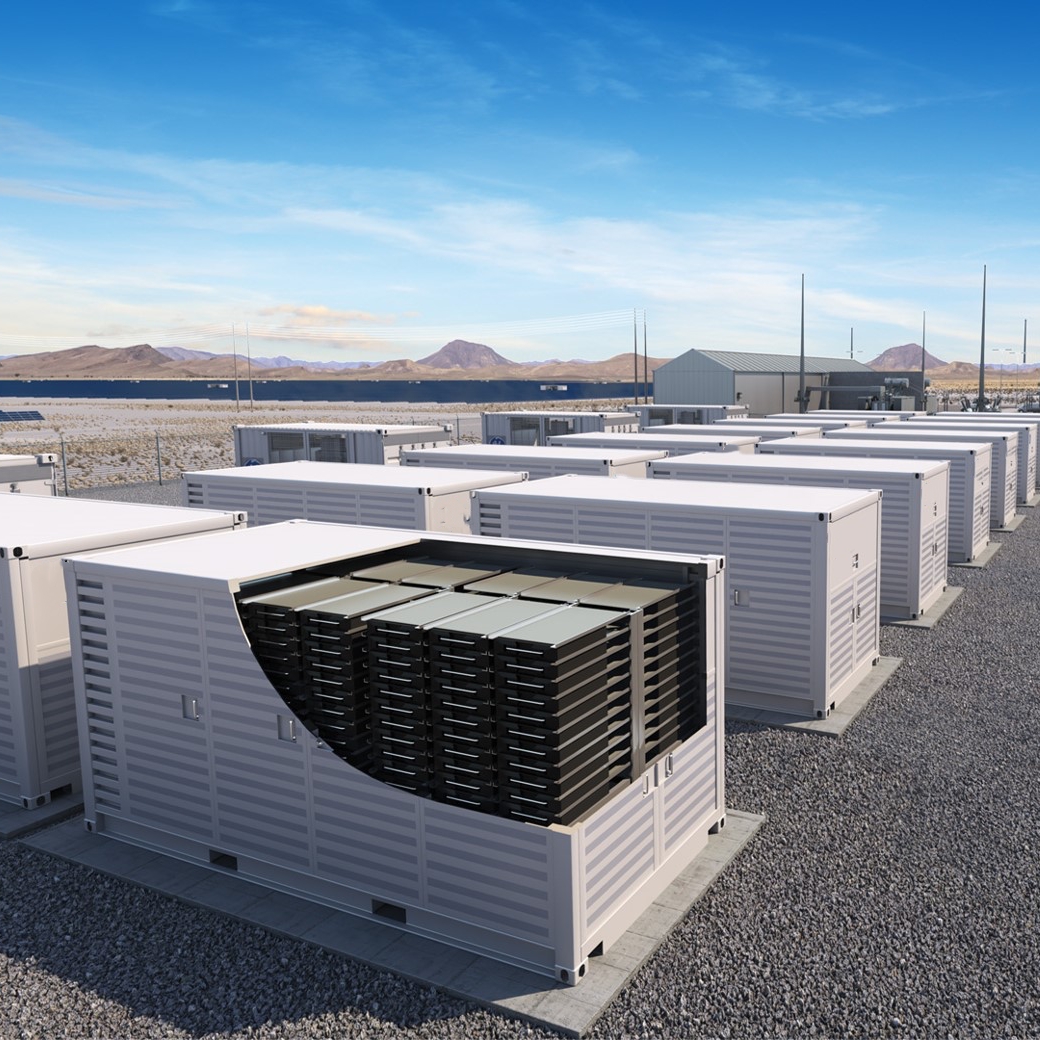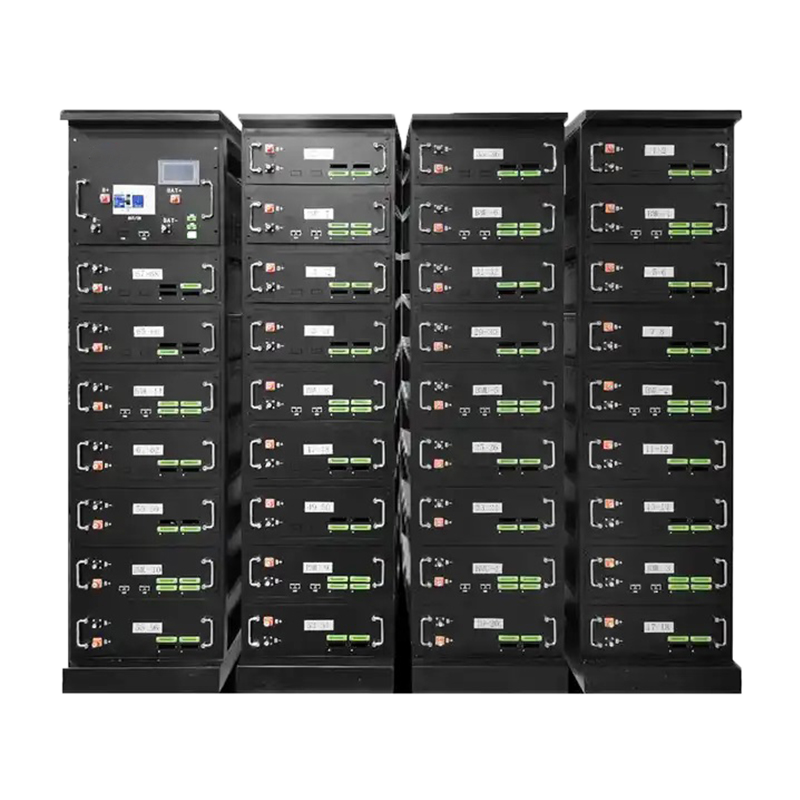In the rapidly developing renewable energy sector, energy storage batteries have become a key component for optimizing energy utilization and enhancing grid stability. One of the most commonly discussed specifications in the energy storage battery field is the charge and discharge rate, usually represented by "C". The industry's common standard is the 0.5C rate, which raises the question: Why is this rate so common? Understanding the principles behind the 0.5C charge and discharge rate can provide valuable insights into the performance, lifespan and efficiency of energy storage systems.

The choice of 0.5C charge and discharge rate depends mainly on the charge and discharge capabilities of the battery. At this rate, the energy storage battery can effectively manage its energy output without affecting its overall performance. For example, in a single cabinet system with a capacity of 209KWh or 215KWh, and a power conversion system (PCS) rated at 100KW, the battery can be fully charged or discharged in two hours. This balance ensures that the energy storage battery operates efficiently, maximizing its potential while minimizing the risk of overheating or performance degradation.
Another key factor in choosing a 0.5C rate is the life of the battery. Energy storage batteries are designed to withstand multiple charge and discharge cycles throughout their service life. By adhering to a 0.5C rate, manufacturers can extend the life of the battery so that it always performs at its best. This is especially important for applications that require continuous power supply, such as renewable energy grid connection and peak load regulation. Batteries that can maintain performance for a long time will ultimately bring higher value to users, so a 0.5C rate is a strategic choice.
Compatibility with peak and valley periods is also an important consideration when determining the charge and discharge rates of energy storage batteries. A charge and discharge rate of 0.5C enables a smooth transition between energy supply and demand, effectively coping with fluctuations in energy consumption. During peak hours, the battery can be discharged efficiently, while during valley hours, the battery can be charged without burdening the system. This adaptability not only enhances grid stability, but also ensures that energy storage batteries can effectively respond to real-time energy needs, making them an indispensable and important asset in modern energy management.

All in all, the 0.5C charge and discharge rate is a well-considered standard for the energy storage battery industry that strikes a balance between performance, lifespan, and compatibility with fluctuations in energy demand. By choosing this charge and discharge rate, manufacturers can optimize the efficiency of their products, ensuring that users can fully benefit from their energy storage systems. As the demand for renewable energy solutions continues to grow, understanding the importance of the 0.5C charge and discharge rate will help consumers and businesses make informed decisions about their energy storage needs. Investing in energy storage batteries with a 0.5C charge and discharge rate will not only improve energy efficiency, but also contribute to a more sustainable energy future.
Post time: Jun-13-2025

